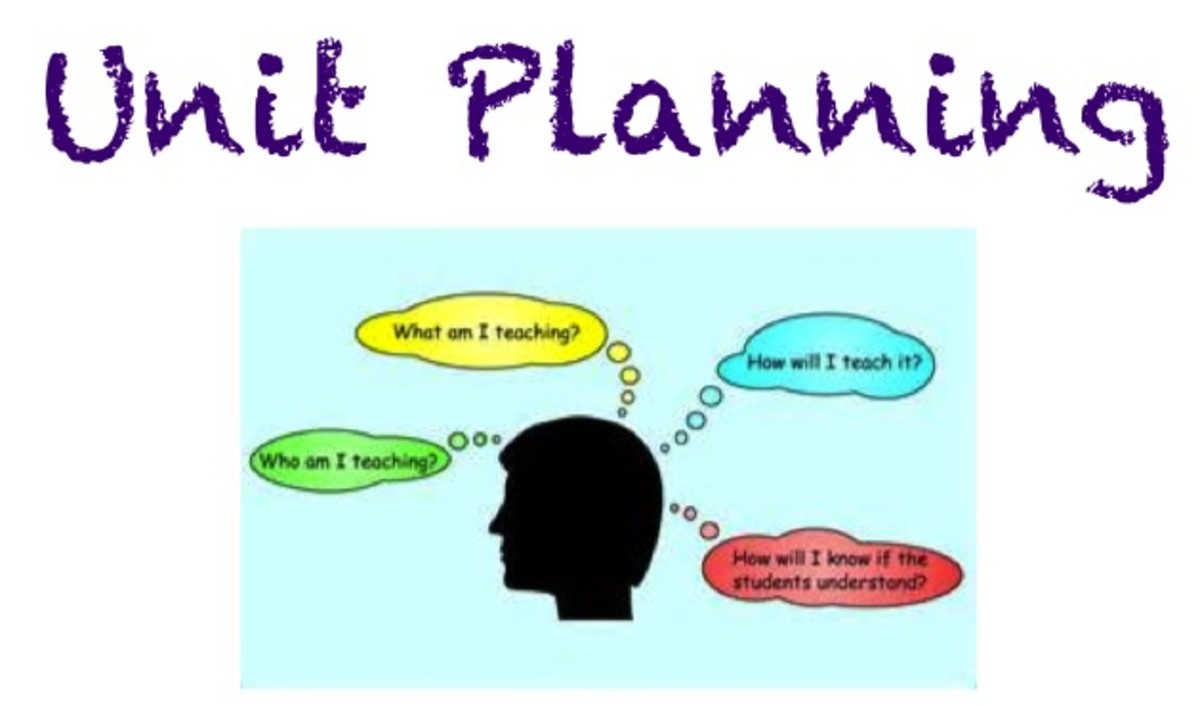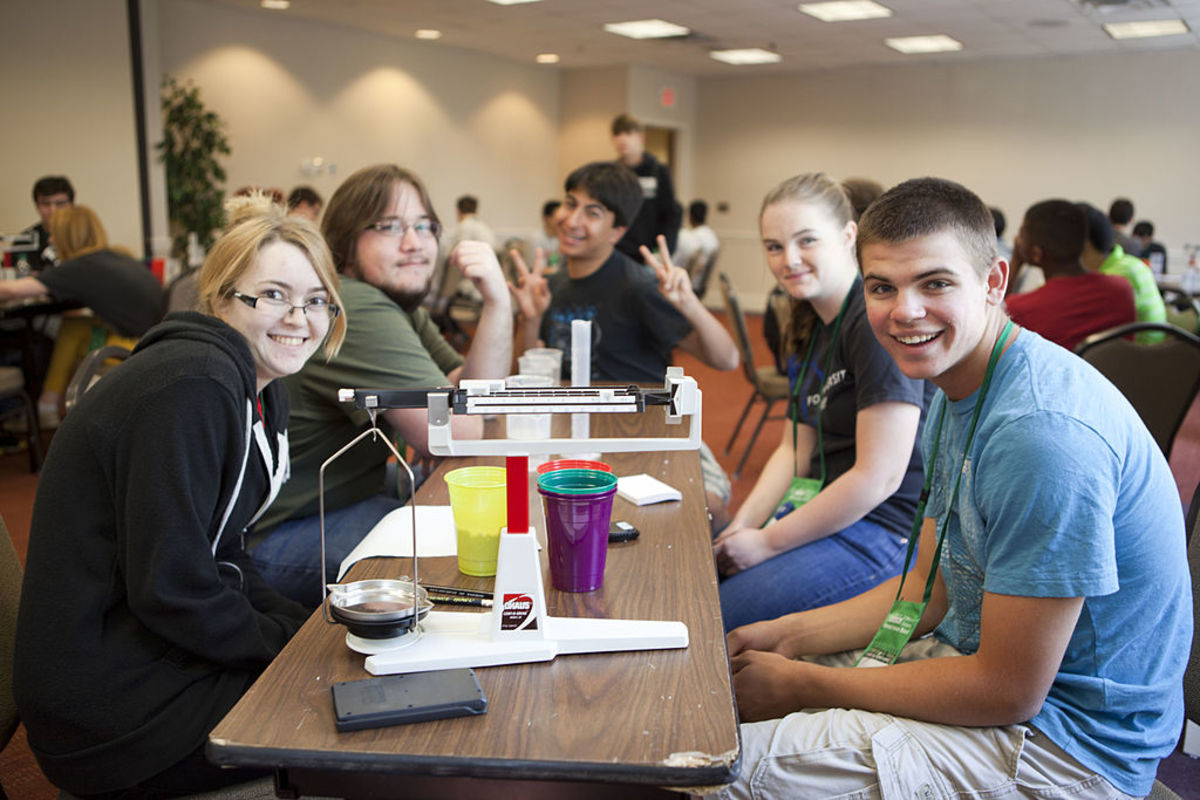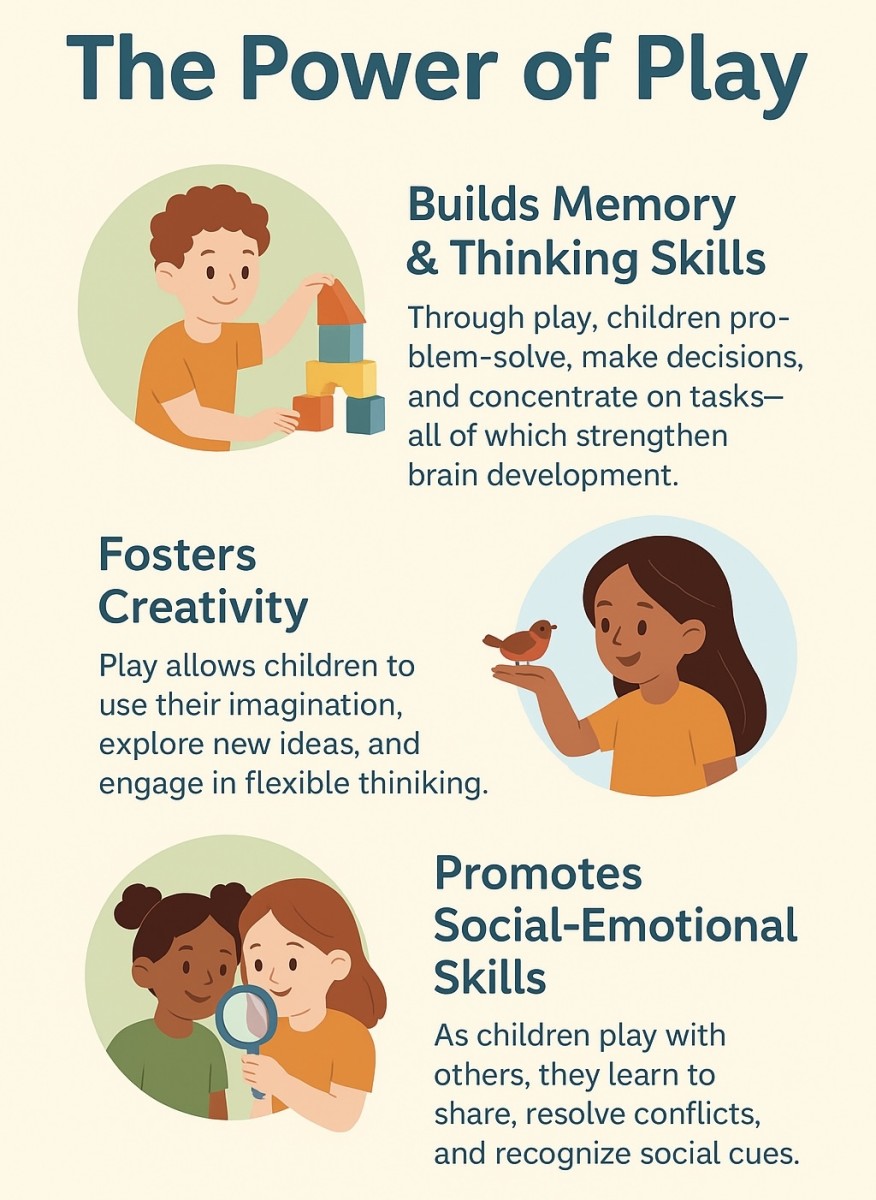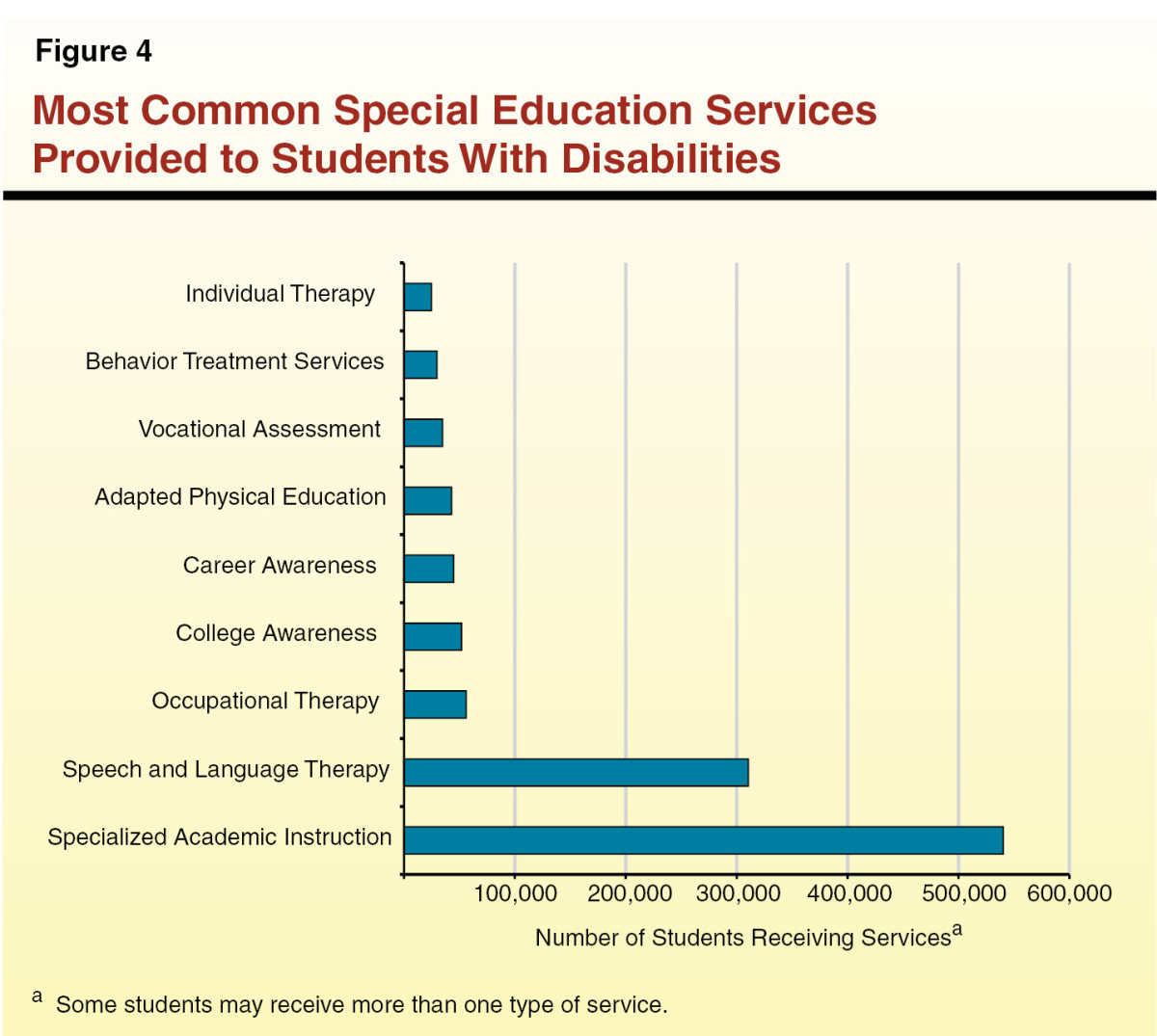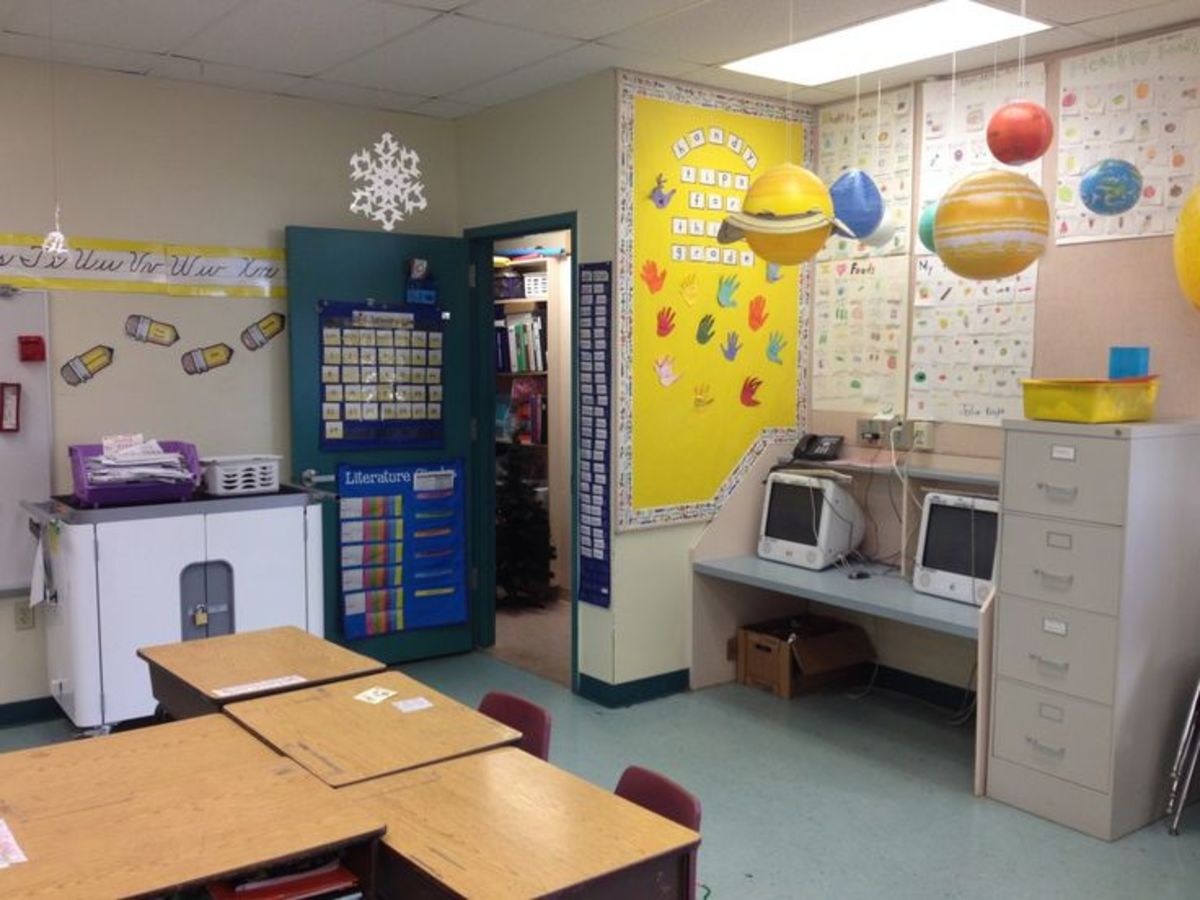Individualized Educational Plans and Project Based Learning
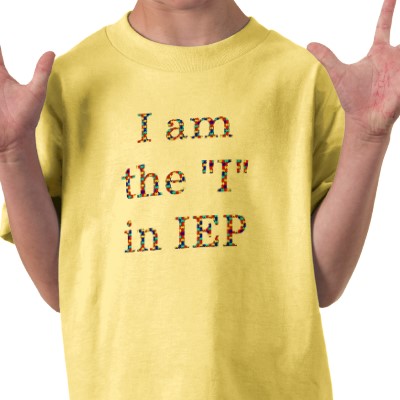
Introduction
Around the world, education for special needs is gathering a large audience, especially with the rapid increase of the number of individuals with special needs. Some of these individuals may be productive however, in Lebanon, according to various surveys done by Sylvana Lakkis and Eddie Thomas, less than 50% of Lebanese individuals with special needs are currently employed and, even though they are employed, they either earn very small wages or just get bare accommodations with no insurance (Thomas 2003). Therefore, an education which will increase the employability of individuals with special needs is crucial and in dire need.
The Individualized Educational Plan (IEP)
One of the main obstacles facing special education in Lebanon today is the fact that there is no unified curriculum for it which is adapted to the Lebanese system. Hence, each school is teaching what it sees fit to be taught or, since a large number of special educational establishments are charity or volunteer organizations, they teach what their faculty members can teach, which is usually not sufficient. The more professional schools, however, use what is known as an IEP or Individualized Educational Plan. It is also known as the ILP or Individualized Learning Program. In this paper, for the sake of simplicity, we will be using the term IEP to mean both. The IEP is “a meeting, a document, and a description of your child’s entire educational program.” (Siegel 2007) In the USA, a child with a special case is automatically eligible, if not forced to learn according to an IEP(Siegel 2007). In Lebanon, an IEP is more of a commodity that very few specialized schools provide.
In order to build a special child’s IEP, a lot must be taken into consideration. Some of the various areas which are to be considered are Classroom settings, teachers and staff needed, type of curricula and teaching methods, related services such as psychomotor or speech therapy, child’s learning history, expected goals and objectives, classroom environment, transition services and the relation of the program to the general curriculum (Siegel 2007). This means that preparing a student’s IEP is not an easy task. Sometimes, it takes months for an IEP to be fully written and then, it has to be assessed at least once every term to see if everything is going according to plan. If some goals are achieved earlier or later than expected, they should be revised and amended to fit the students’ progress. (Siegel 2007)
Before a student starts working on his IEP goals and objectives, a very important meeting has to take place: the IEP discussion meeting. Many people have to be present at the meeting and the more services a student requires, the more staff members are present. Among the people who are present at this meeting, we can count the parents, teachers, therapists and all other staff members who are directly or indirectly involved in the achievement of this child’s IEP objectives. (Edward A. Polloway 2007)
In order to choose the goals and objectives which form the most important part of the IEP, we have to go through a filtering process which starts by having the staff involved assess the child and determine his potential. Then, the potential is compared with the curriculum that the child’s same-age mainstream peers are studying. Based on the comparison results, the national curriculum’s objectives are modified to be placed within the child’s range of potential. If an objective is too complex or difficult but still achievable, it is broken down into the basic skills which would lead up to it. The student is then taught these skills step by step until he is able to finally perform the full objective if possible (Siegel 2007).
Project Based Learning (PBL)
In order to have a good IEP, there should be a pre-designed curriculum from which the IEP goals and objectives are inspired and diluted. It has been noticed that a curriculum based on PBL, which is Project (or Problem) Based Learning produced great results on students with special needs (Belland 2006).Project Based Learning was “first implemented in medical education in McMaster University in Canada in the 60’s. The rationale for this strategy centered on the argument that, based on their research on clinical reasoning, it was more effective to teach medical students through them solving problems than through the established traditional methods of medical education.” (Terry Barrett 2005) PBL can be done by assigning students into small groups, or in the case of special education the whole class will be this small group, and then, they are given an authentic problem from real life. Under the guidance of the teacher, the students delve deeper into the problem and find ways to solve it by applying skills they have learned or by combining previously learned skills into new skills which are required(Strle 2006).
PBL is definitely a better program for students with special needs because of the fact that it can be adapted to teaching almost anything. Also, students with special needs are known to learn more by doing than by seeing or hearing (Farrell 2001). Belland et al. stress on that point by writing that “There are several reasons why PBL might be an effective pedagogical approach for students with special needs. These reasons relate to three characteristics of PBL: it is experiential, involves cooperative learning, and occurs within a meaningful authentic context.”(Belland 2006). Therefore, not only is it experiential, but also cooperative, which means that it would help promote inclusion in schools or educational institutions and integration within society as productive members, which is what all families, teachers and staff involved with students with special needs eventually hope to achieve (Allan 2005).
When applying PBL on students with special needs, we need to stress more on the authenticity and the value of the problem in relation to the jobs and occupations, also referred to as “cases” or “scenarios” which they will most likely occupy. “Problem-based learning; PBL uses the actual scenario of the existing cases as scripts. Under the guidance of the teacher, students practice on “problem discovery, problem analysis, and problem solving” from cases.” (Tsu-Ming Wu 2007). With special needs students, especially those who are well into their teenage life, the need to stress on academic skills such as grammar becomes less and less considerable while the need to focus on the future becomes more dire and real. At this age also starts the segregation between the special needs students and their regular peers because the differences become more and more pronounced. Therefore, by focusing more on possible jobs and occupations for these special needs individuals, they can become more included and integrated in society (Allan 2005).
What is needed in this critical period in a special students life is a focus on work and as much independence as possible. This is where a work based PBL program comes in handy. It was also called Work Based Learning and it applies the same principles of PBL for teaching academic skills on teaching job skills (Raelin 1997). In order to do this, any job which might be occupied by a special needs student must be broken down into the basic skills which are required in order to perform it. Also, these basic skills themselves have to be broken down further into the more concrete prerequisite skills. Finally, the student can start learning the skills step by step while learning various skills in various areas. The combination of these skills will finally result in the student’s performance of the required occupational task based on the level of his potential (Raelin 1997).
Based on the above discussion, we can see that there is a great resemblance between the IEP, which is made up of goals and objectives and PBL, which also focuses on goals and objectives but with a more holistic outlook. Whereas in the IEP many goals and objectives are unrelated and may each be designed to achieve a goal independently, in a PBL approach, the goals have to be related. Almost all disciplines or areas of study which the students are studying are interrelated and most have common goals which have to be studied in parallel in order to reach a common goal. Despite PBL having been originally used to teach Medicine students in the 1960s how to practice their occupation more authentically (Strle 2006), no one has ever tried to use this technique to teach job skills to students with special needs. No one has also tried to implement using IEPs in PBL even though PBL will definitely become better if each student has an IEP.
References
Allan, J. (2005). Actively Seeking Inclusion. Philadelphia, USA Falmer Press, Taylor & Francis Inc: 152.
Belland, B. R. E., Peggy A.; and Simons, Krista D. (2006). "Perceptions of the Value of Problem-based Learning among Students with Special Needs and Their Teachers." Interdisciplinary Journal of Problem-based Learning 1(2): 19.
Edward A. Polloway, J. R. P., Loretta Serna, Ed. (2007). Strategies for Teaching Learners with Special Needs. USA, Prentice Hall.
Farrell, M. (2001). Standards and Special Educational Needs. London, Continuum.
Raelin, J. A. (1997). "A Model of Work-Based Learning." Organization Science 8(6): 17.
Siegel, A. L. M. (2007). The Complete IEP Guide. USA, CONSOLIDAT ED PRINTERS, INC.
Strle, M. (2006). BRIDGING THE GAP BETWEEN EDUCATION AND WORK: EXPERIENCES ON A PROBLEM BASED LEARNING IMPLEMENTATION IN SPECIAL EDUCATION. 31st Annual ATEE Conference. Portorož, Association of Teacher Education in Europe.
Terry Barrett, I. M. L., Helen Fallon, Ed. (2005). Handbook of Enquiry and Problem-based Learning. Galway, AISHE.
Thomas, S. L. a. E. (2003). Disability and livelihoods in Lebanon. Beirut, Lebanon, Lebanese Physically Handicapped Union: 12.
Tsu-Ming Wu, J.-C. H., Shin Liao, Li-Ting Chen (2007). The Curriculum Design and Implementation of Problem-based Learning in Graphic Communications. International Conference on Engineering Education. Coimbra, Portugal, ICEE: 8.


